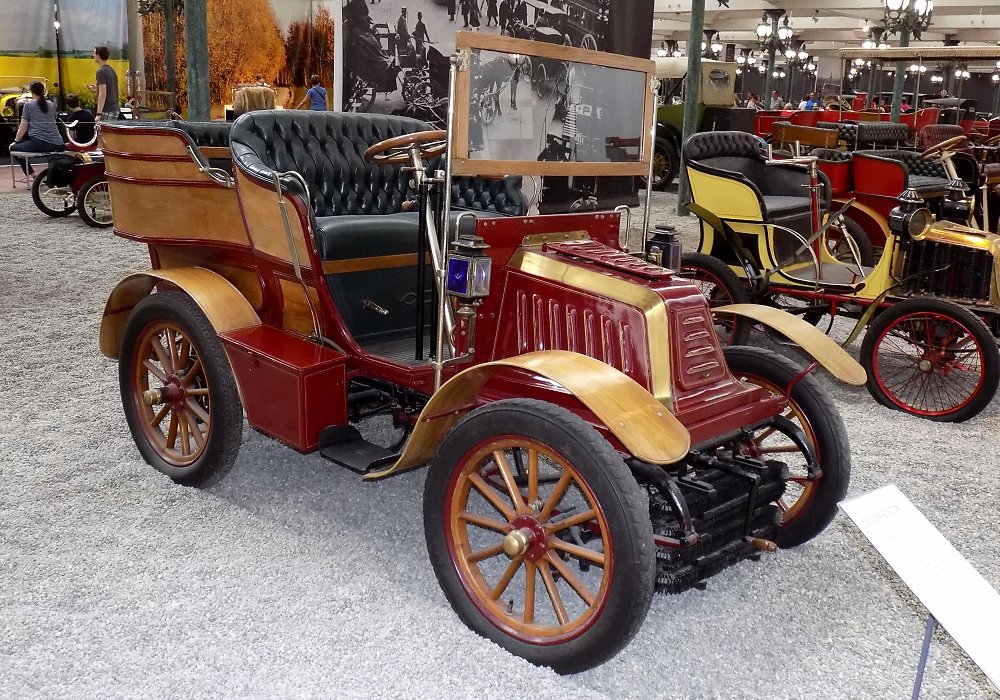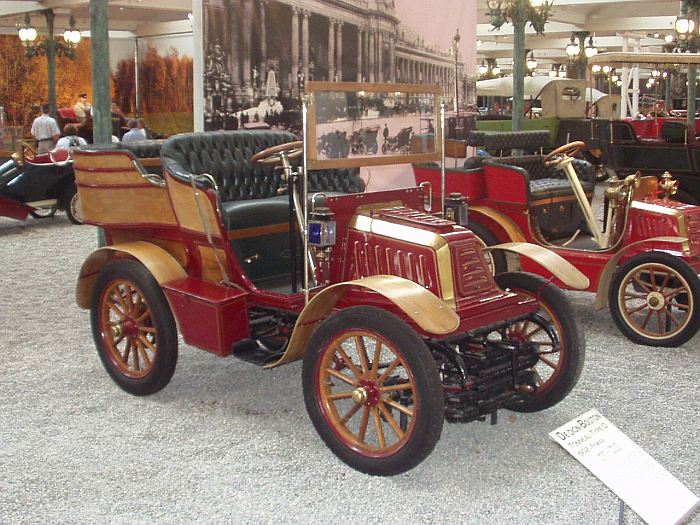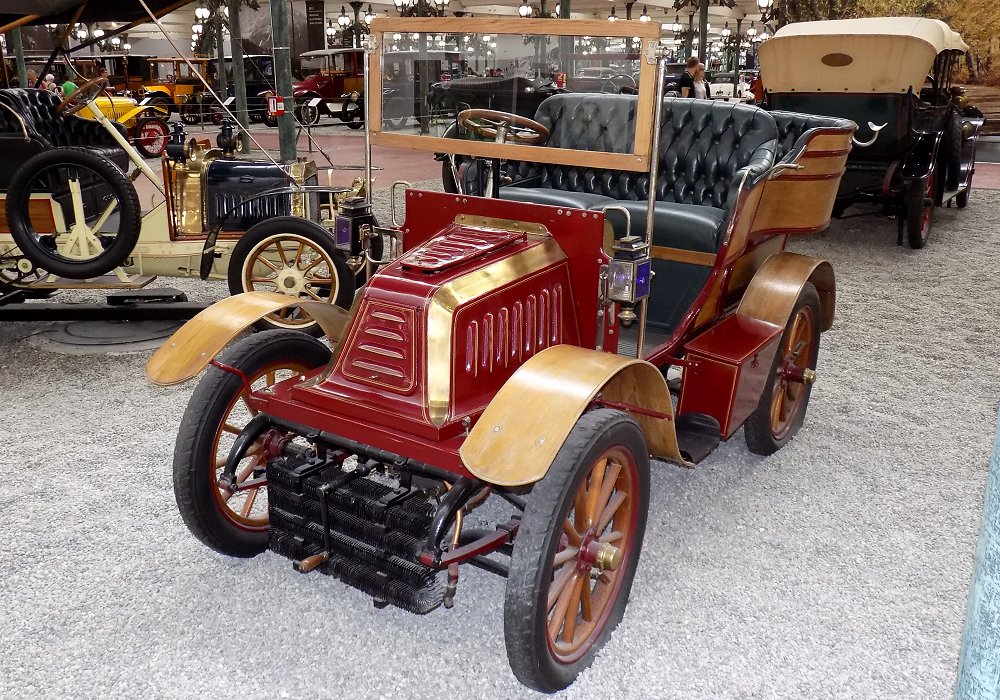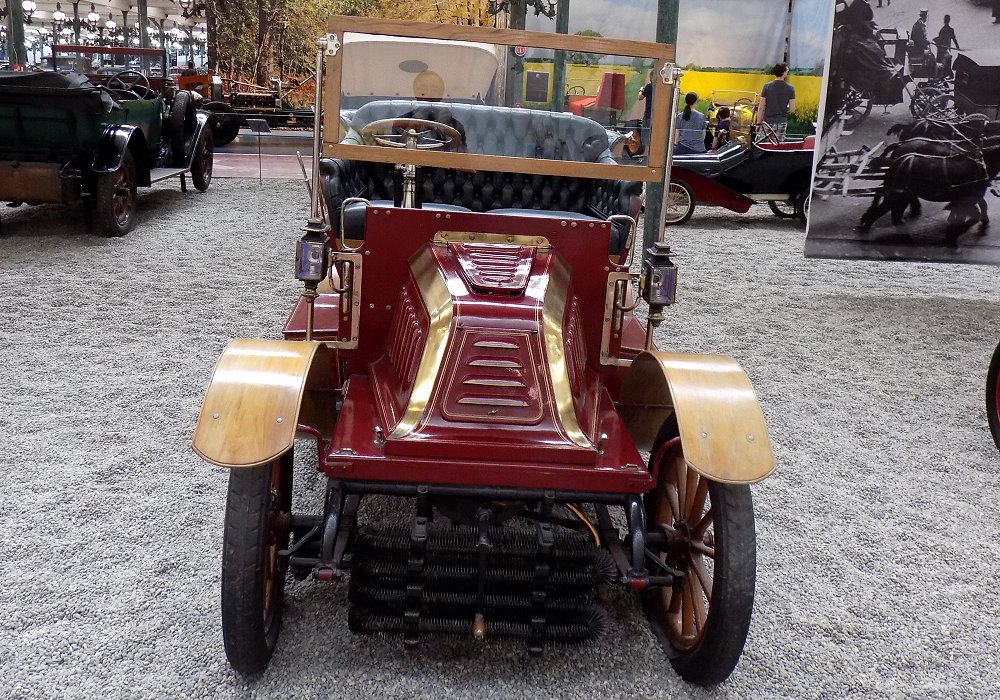Description
The De Dion-Bouton Type O Tonneau was a refined and practical automobile produced in the early 20th century, during a time when the French manufacturer was widely recognized for its engineering innovation and reliable vehicles. As the automobile market began to shift from novelty to everyday practicality, models like the Type O helped set the standard for personal transport, combining mechanical dependability with comfortable and spacious body designs.
The Type O was equipped with a single-cylinder engine, which was typical of De Dion-Bouton’s vehicles of the time. However, compared to earlier models, the engine in the Type O had increased displacement and power output, often rated between 6 and 8 horsepower. The engine was rear-mounted and drove the rear wheels through a two-speed transmission with chain final drive. These engines were known for their robust construction and smooth operation, which made them popular among early motorists who valued reliability above all.
The Tonneau body style referred to the open, rear seating compartment with side entry and wraparound bench seating, making it ideal for family or group travel. The front of the car typically accommodated the driver and a passenger on a forward-facing seat, while the rear seating area provided room for two or more additional passengers. This layout allowed for greater capacity and comfort, while the open design preserved the airy, carriage-like feel that many early car buyers still desired.
The chassis of the Type O was built to accommodate the larger body and heavier loads associated with the Tonneau configuration. It featured a robust steel or iron ladder frame with full-elliptic or semi-elliptic leaf springs and solid axles. Steering was controlled via a wheel rather than a tiller, reflecting the gradual move toward more modern control systems. Braking was typically accomplished through a transmission brake and a mechanical rear drum or band brake, sufficient for the moderate speeds the car could achieve, usually up to 40 km/h.
The De Dion-Bouton Type O Tonneau was considered a luxury vehicle in its day, offering one of the earliest examples of a practical family car. It maintained the company’s reputation for solid engineering while embracing the evolving expectations of car buyers who wanted comfort, seating capacity, and a sense of style. Today, the Type O remains a prized example of early automotive development, reflecting a period when cars were just beginning to transition from handcrafted novelties to serious contenders for everyday transport.



